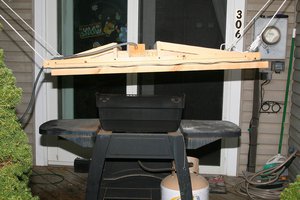This project details the commercial side of starting a business around hobby stuff. The first product is build plates for 3d printers, for practical reasons, but I do hope to expand from there eventually.
The actual manufacture of a build plate is, frankly, boring. Hence, this will mostly go into details such as calculating how much it actually costs to make, how to value your time, and other more bookish things that other hobbyists are notoriously bad at figuring out when they try to start a business.
 Daniel Grace
Daniel Grace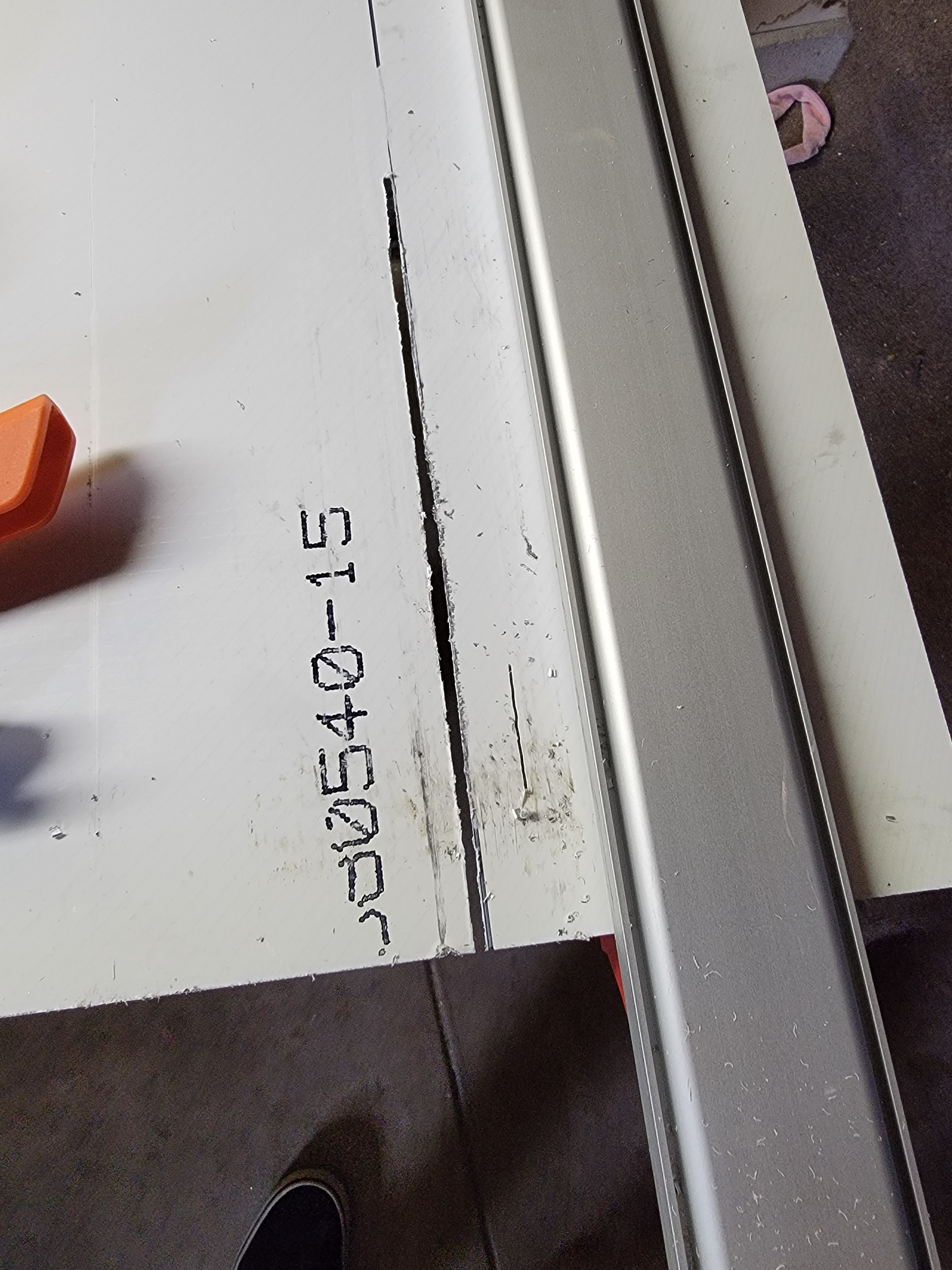
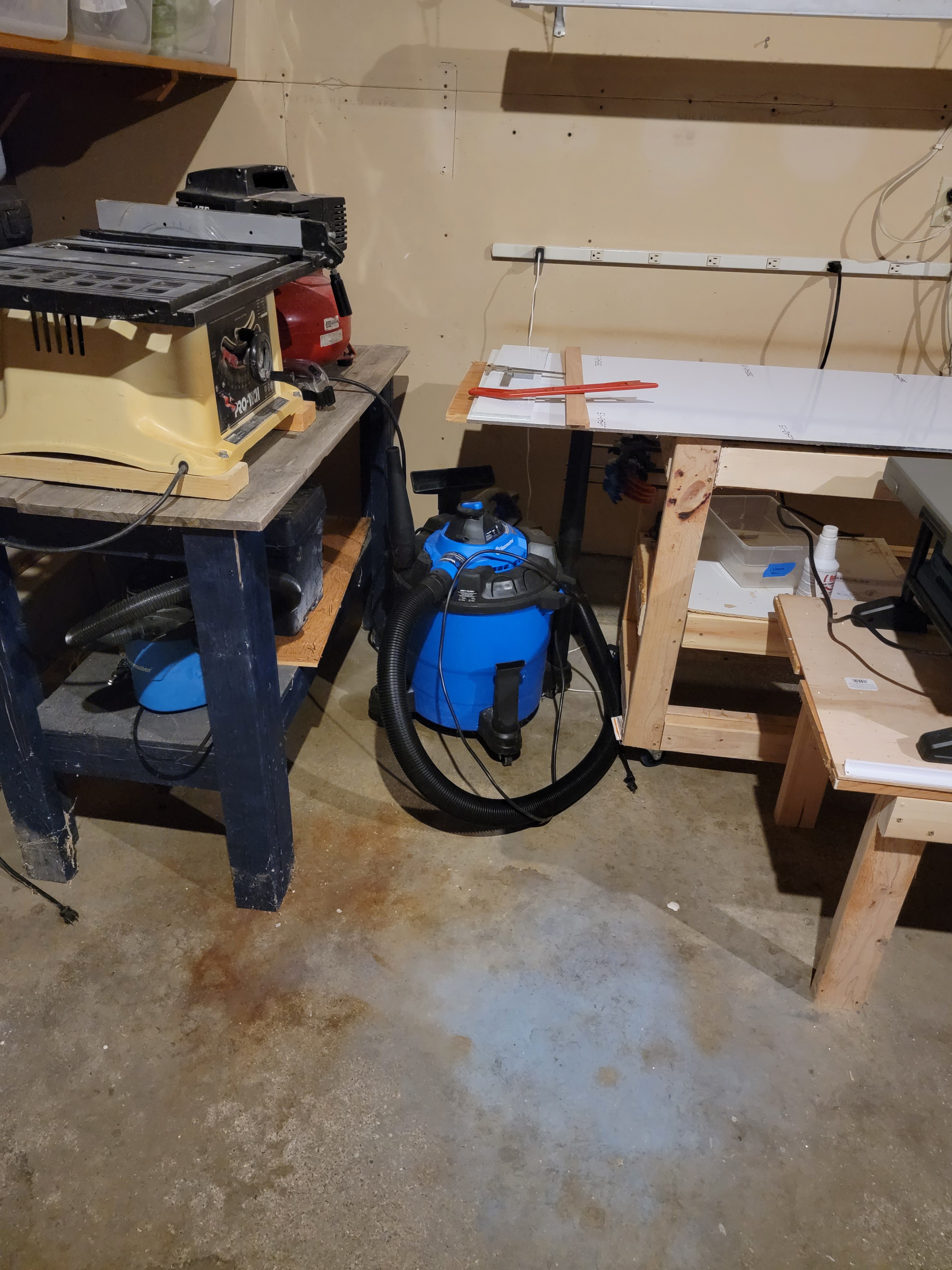
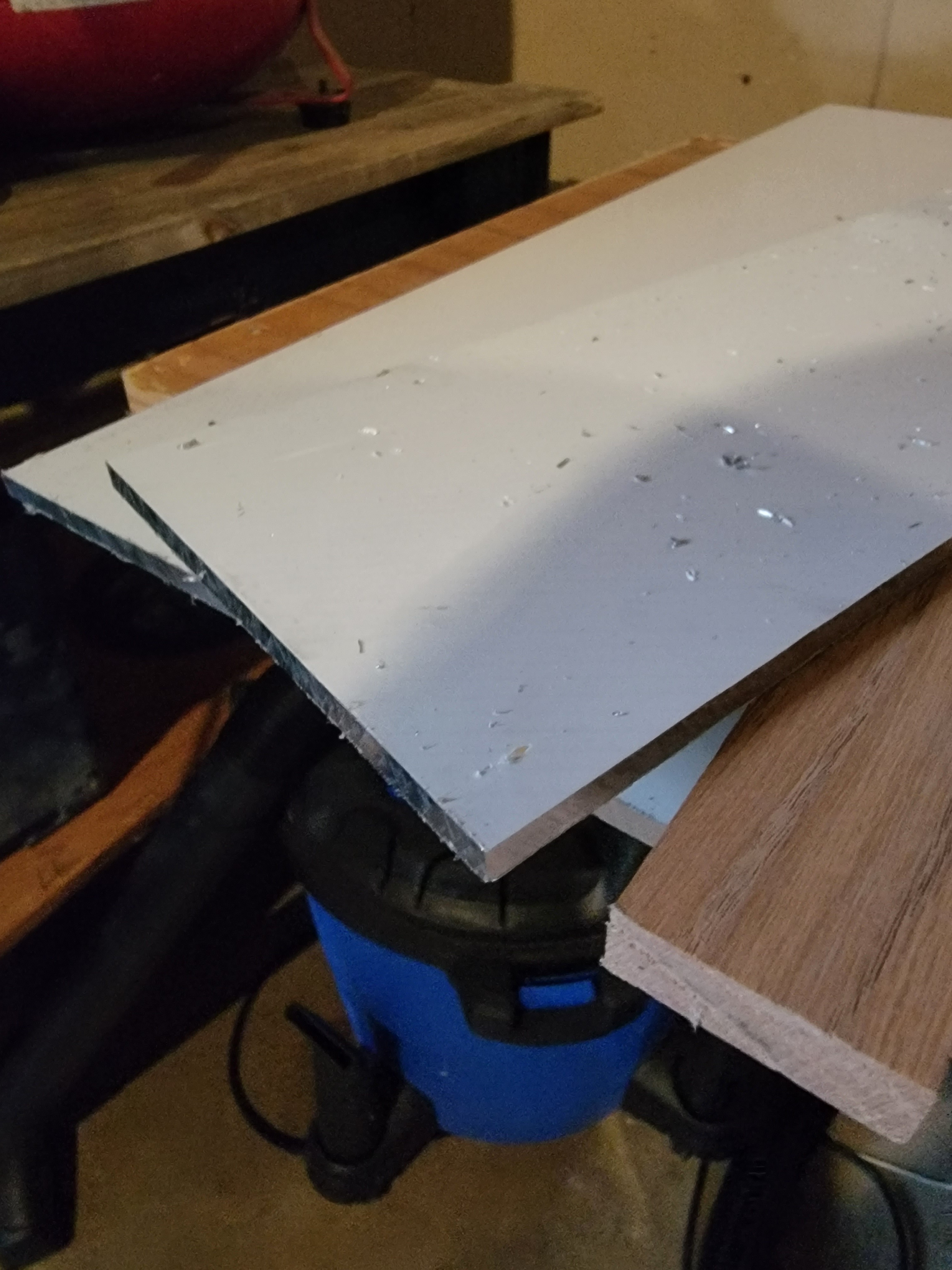
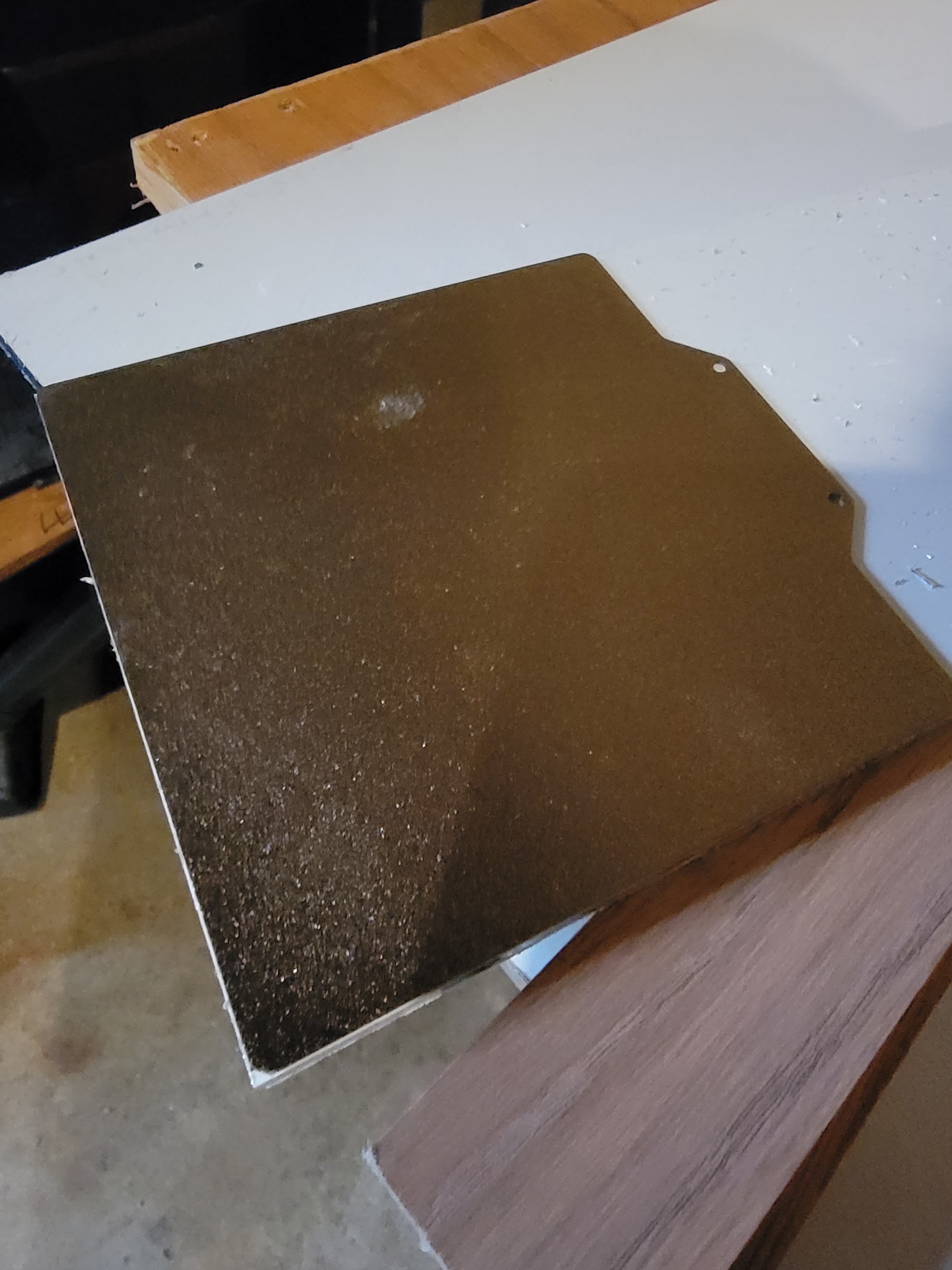
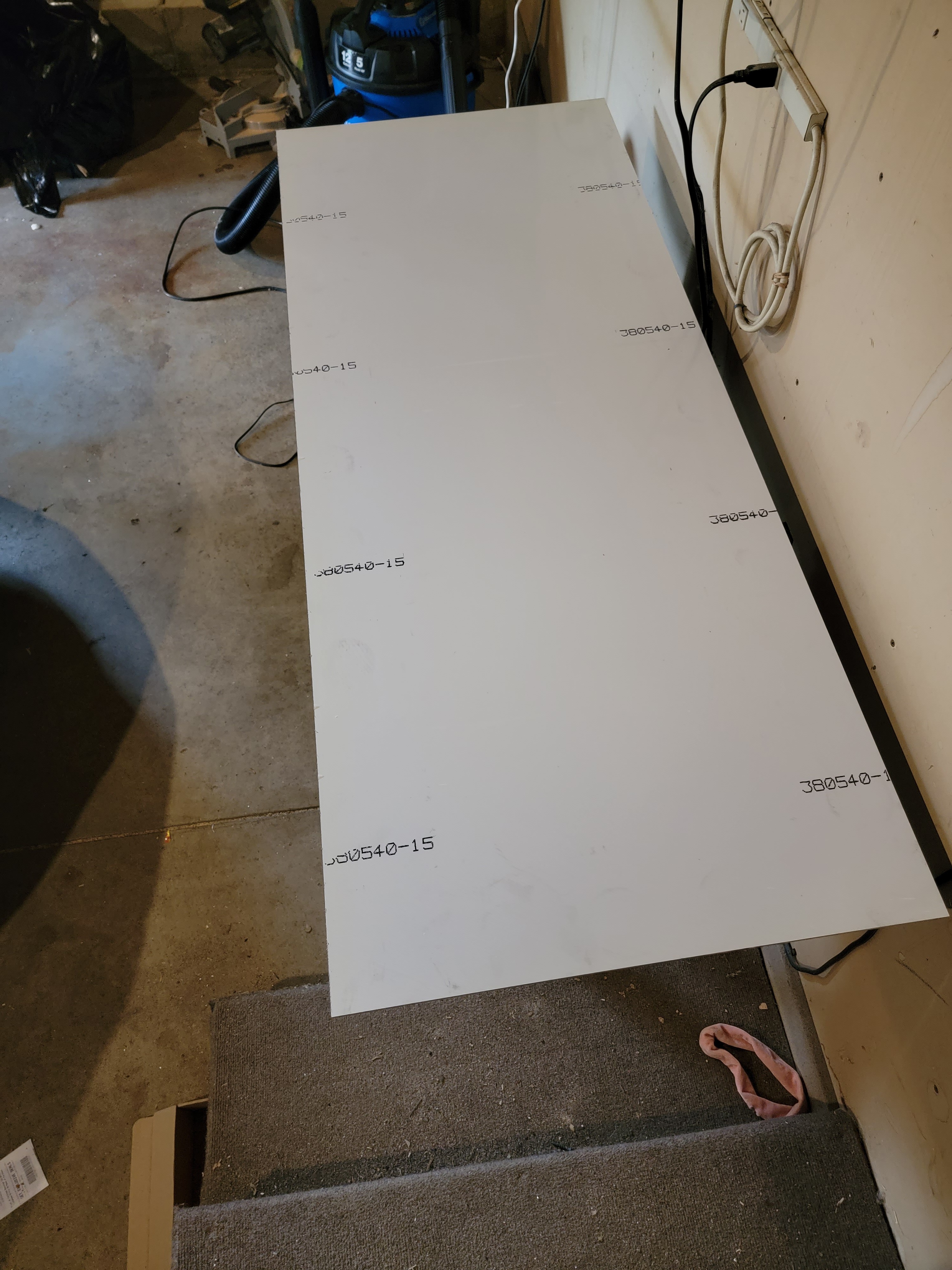
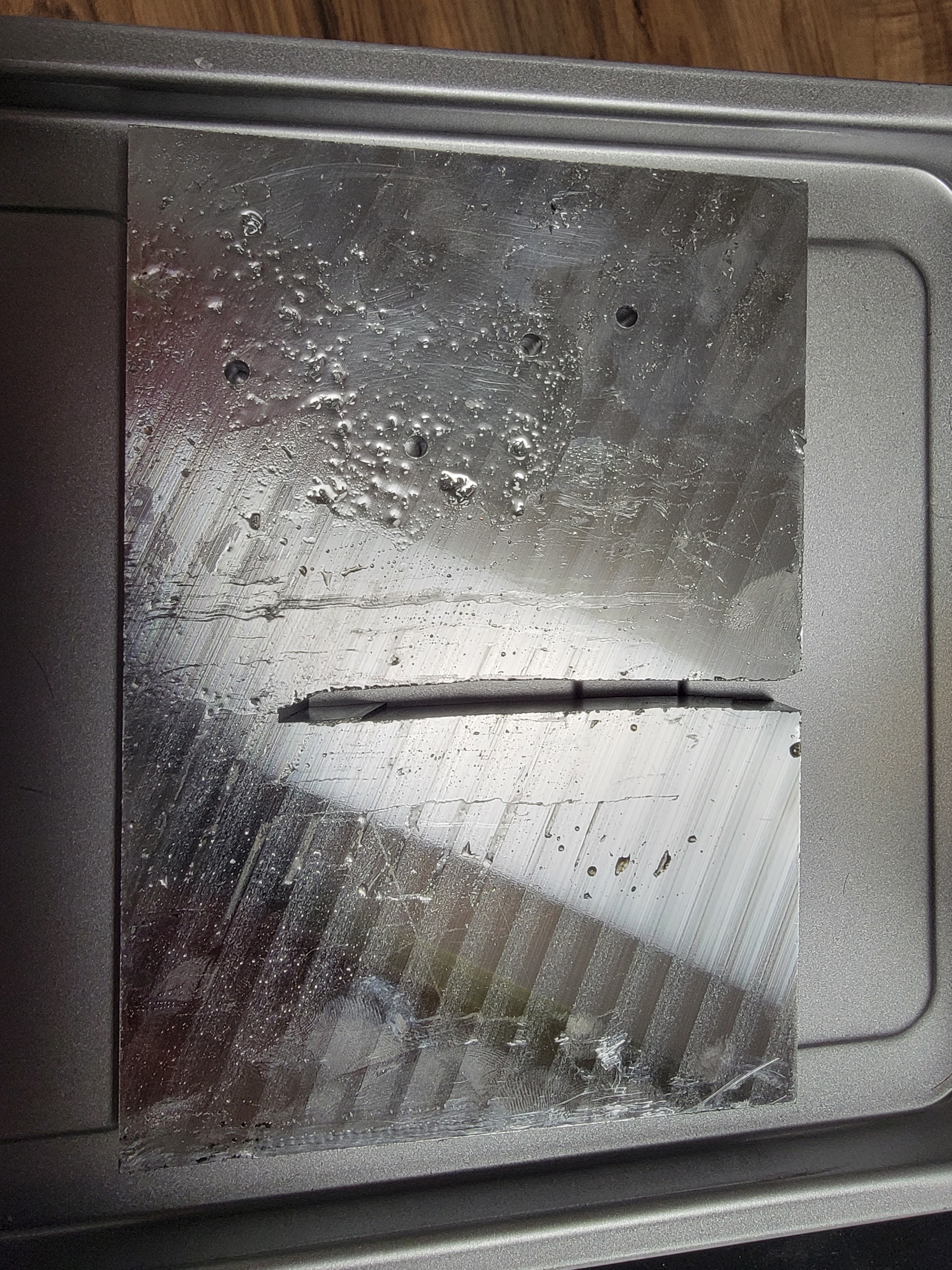
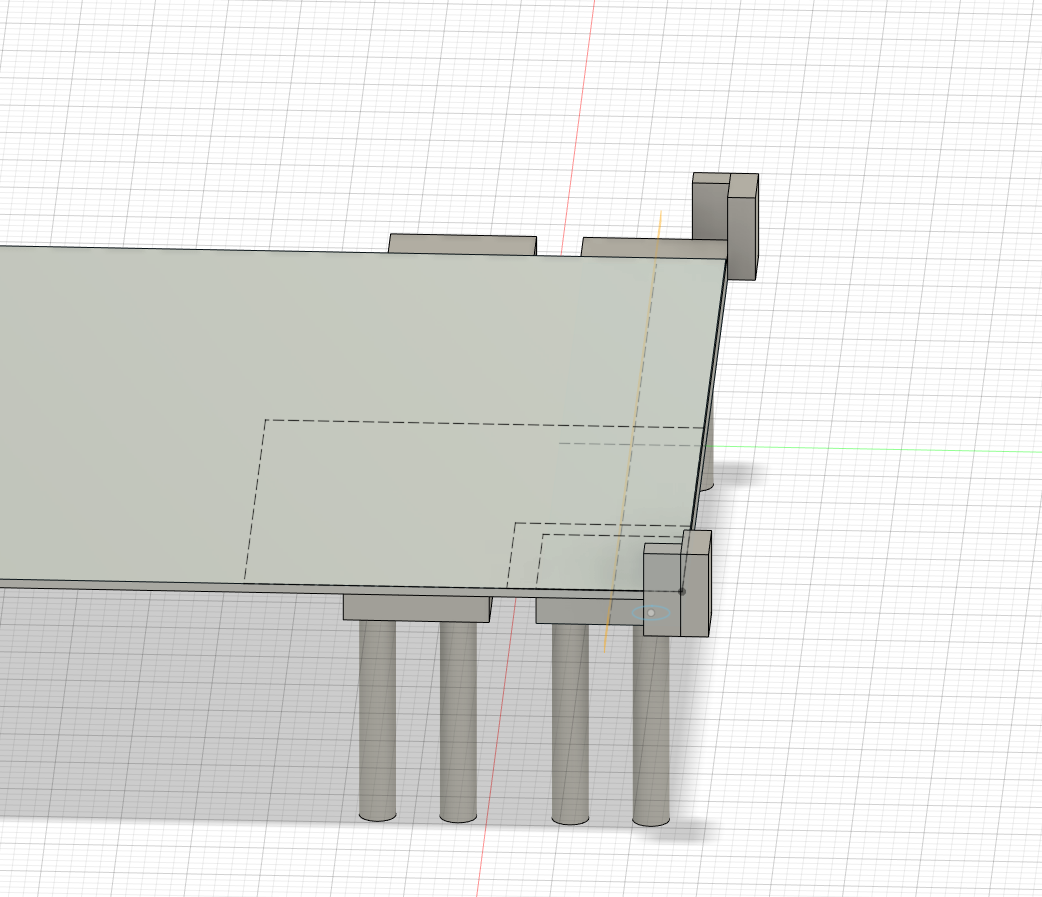
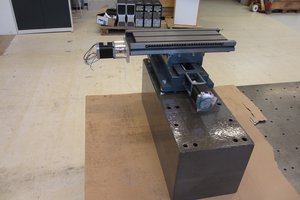
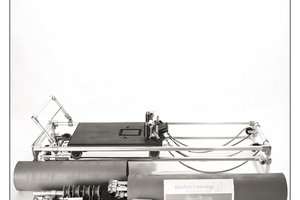
 joseph
joseph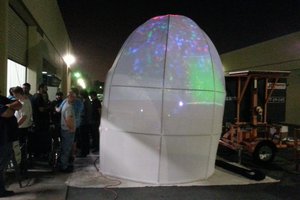
 T. B. Trzepacz
T. B. Trzepacz